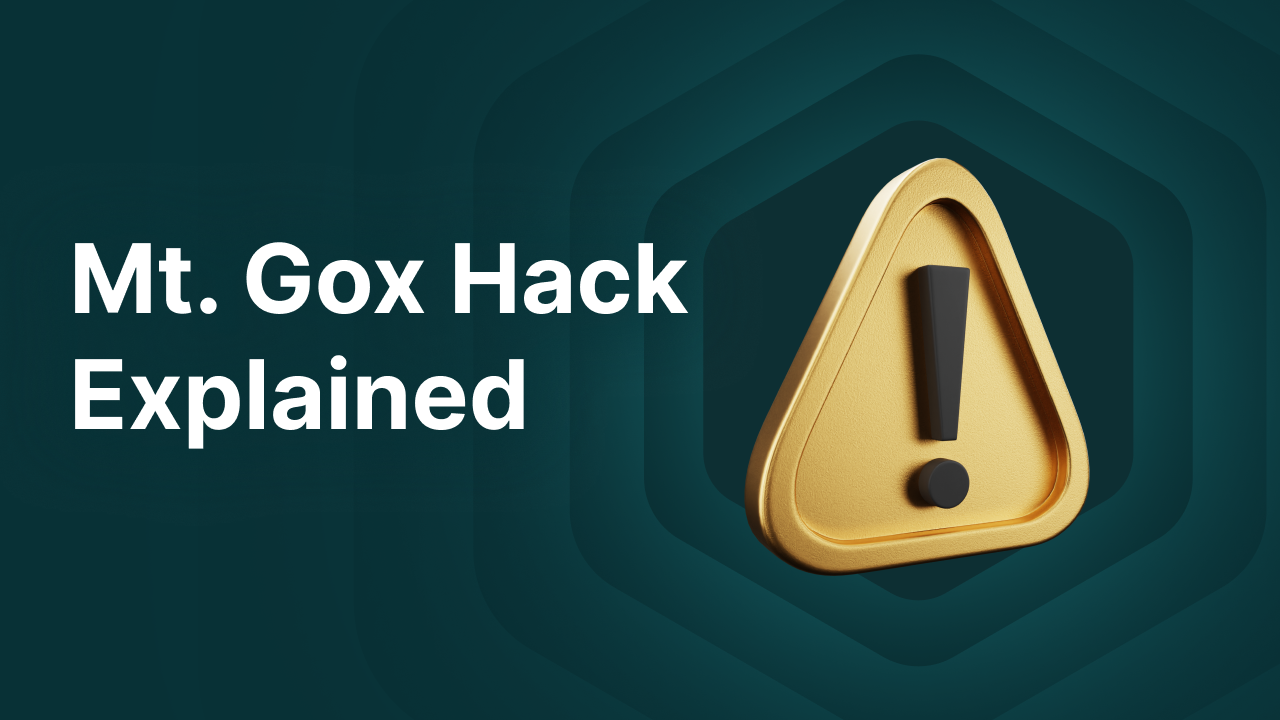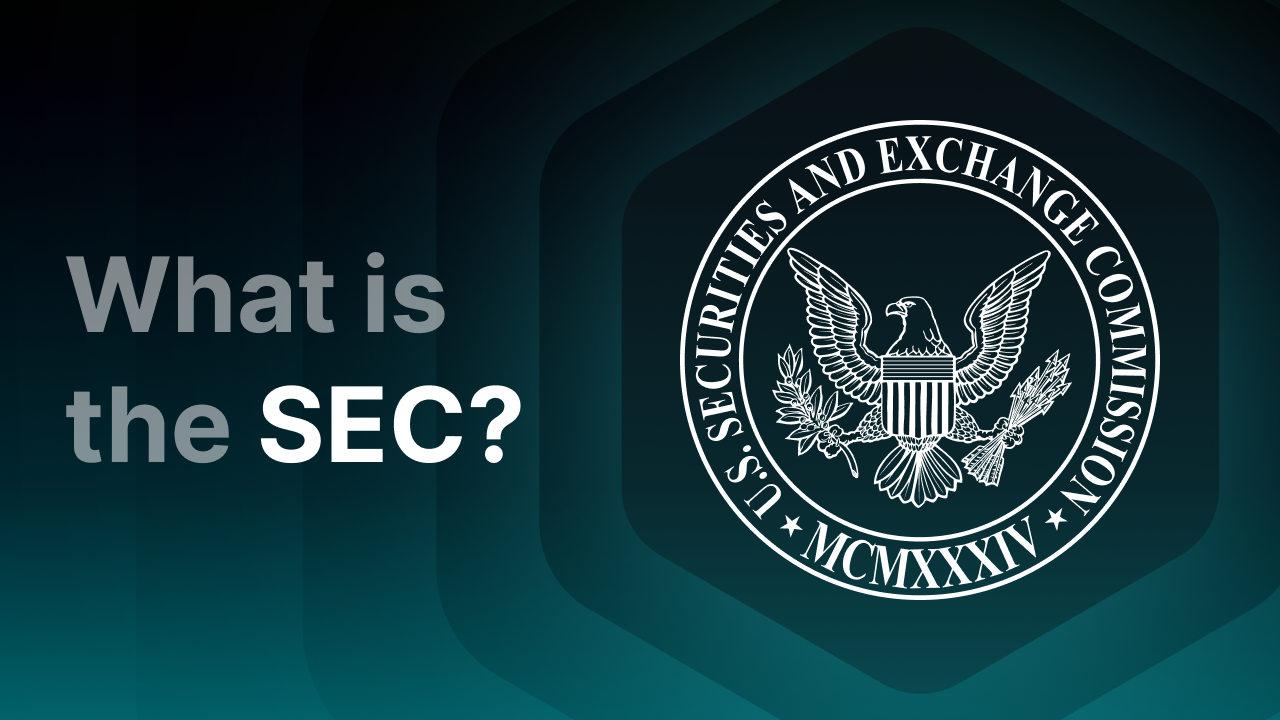Mt. Gox Bitcoin hack explained

The Mt. Gox hack
The Mt. Gox hack is one of the most famous events in the history of Bitcoin. Between 2011 and 2014, many Bitcoins were stolen from what was then the world’s largest Bitcoin exchange. The hacks had a major influence on stricter regulation, more oversight, and better security. To this day, the case remains relevant, as victims have only started receiving partial repayments since 2023–2024.
Key Takeaways
- Mt. Gox was systematically looted between 2011 and 2014 through multiple hacks and structural mismanagement, where poorly secured private keys and weak internal controls allowed hackers long-term access.
- In February 2014, it became clear that about 850,000 BTC had disappeared – the largest loss in early crypto history.
- The news and the bankruptcy led to a severe crisis of confidence and a sharp drop in the Bitcoin price.
- Thanks to the discovery of an old wallet with 200,000 BTC, a civil rehabilitation procedure could start in 2023–2024, in which about 140,000 BTC would be distributed among creditors, allowing some victims to be (partially) compensated.
What is Mt. Gox?
Mt. Gox is a Bitcoin exchange originally developed in 2006 by Jed McCaleb, as a platform to trade virtual cards from the game Magic: The Gathering Online. In 2010, McCaleb transformed it into an online marketplace where you could trade Bitcoins. In 2011, the platform was sold to Mark Karpelès. After the takeover, the platform grew rapidly, and by 2013, 70% of all Bitcoin transactions were taking place on Mt. Gox. This made Mt. Gox an indispensable player in the Bitcoin economy at the time.
What happened to Mt. Gox Bitcoin?
In February 2014, it became known that Mt. Gox had lost about 850,000 BTC. At the time, the Bitcoins had a total value of hundreds of millions of dollars. Today, we are talking about billions.
The loss was the result of various errors and hacks. People slowly realized that they could no longer withdraw their BTC from the platform. The reason: hackers had already siphoned off their funds without the owners knowing.
The hacks and vulnerabilities
The Mt. Gox scandal did not consist of a single hack, but of multiple incidents, including mismanagement and an insecure system:
- 2011: A hacker obtained the login credentials of a Mt. Gox employee and was able to transfer tens of thousands of BTC. About 25,000 BTC were stolen from user accounts.
- 2011–2014: During this period, Bitcoins were systematically stolen from users due to system weaknesses and poor management. The platform suffered from major security flaws, such as poorly secured private keys and inadequate internal controls, allowing hackers long-term access. Later, it turned out that Mt. Gox had been systematically looted since 2011, without management fully realizing it.
- Transaction malleability: In February 2014, Mt. Gox stated that customer losses were due to a bug called transaction malleability. It was claimed to be a vulnerability in the Bitcoin protocol. As a result, customers would have received incorrect confirmations, allowing double payouts. Experts, however, considered this explanation unlikely. The real cause probably lay in Mt. Gox’s weak system and poor monitoring.
After this statement, Mt. Gox suddenly halted trading and announced that a large portion of the Bitcoins (850,000 BTC) had disappeared. Shortly afterwards, the company filed for bankruptcy.
Not long after, in March 2014, an old Bitcoin wallet containing 200,000 BTC was found. This was placed under the control of the trustee. This discovery gave hope that creditors (victims) would eventually recover at least part of their funds.
Consequences of the collapse
The downfall of Mt. Gox had major consequences. Confidence in Bitcoin collapsed, and the Bitcoin price dropped sharply. In the weeks surrounding the bankruptcy, the Bitcoin price fell from around €600 to about €300. When it became known in late February 2014 that 850,000 BTC were missing, the decline accelerated: the price fell from about €550 at the beginning of February to around €450 on February 24, and shortly after the bankruptcy filing on February 28, even to around €390.
Later in 2015, the CEO of Mt. Gox, Mark Karpelès, was arrested on suspicion of fraud, embezzlement, and data manipulation. In 2019, he was acquitted of embezzlement in the subsequent trial but convicted of manipulating systems. His reputation remained heavily damaged.
A long aftermath
The aftermath of Mt. Gox was lengthy and complex:
- Bankruptcy: The company filed for bankruptcy in 2014, and the Japanese court initiated a liquidation process.
- Civil rehabilitation plan: In 2018, this plan was approved, allowing creditors to file claims for (partial) repayment.
- Warnings about scammers: Due to the complexity and length of the procedures, numerous scams emerged posing as official Mt. Gox channels to collect fake claims.
How the repayment unfolded
Thanks to the discovery of an old Bitcoin wallet containing 200,000 BTC, the trustee was finally able to begin (partial) repayments to creditors in 2023–2024. This is being done partly in Bitcoin, Bitcoin Cash, and fiat currency.
According to the plan, about 140,000 BTC are being distributed among creditors. Because the value of Bitcoin has risen enormously since 2014, some victims may even recover (relatively) more than their original investment was worth.
Final thoughts
The Mt. Gox scandal symbolizes the vulnerability of the early crypto market. The combination of structural mismanagement, poor security, and years of unnoticed hacks led to the largest loss in Bitcoin history: 850,000 BTC. The collapse caused a severe price crash and a deep crisis of confidence and demonstrated the risks of an unregulated exchange dominating nearly all trading volume. The aftermath, with years of legal proceedings, the arrest of CEO Mark Karpelès, and a complex repayment process that only began in 2023–2024, highlights how severe the consequences were. Mt. Gox remains an important turning point in crypto history: a lesson in transparency, oversight, and strong security in a rapidly growing market.




